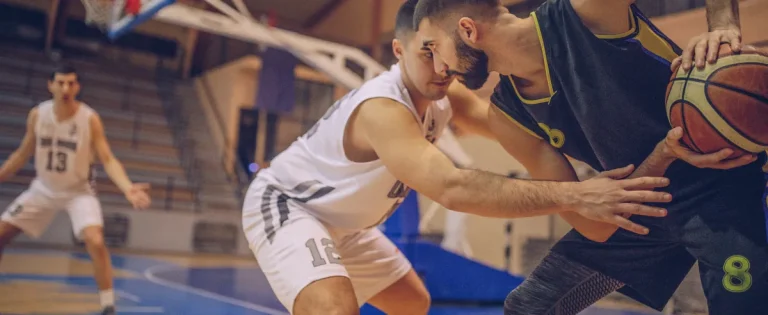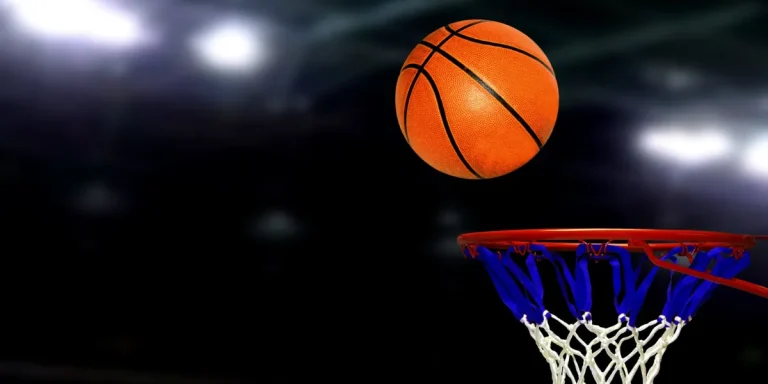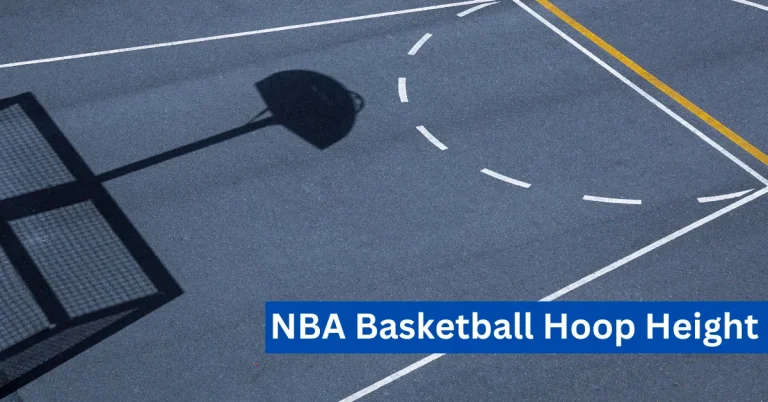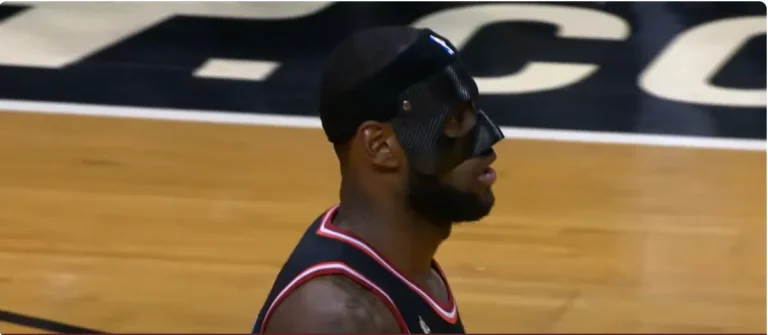How Long Does a Basketball Last? Indoor & Outdoor
How Long Does a Basketball Last? Understanding the lifespan of basketballs is crucial for players and coaches. Basketball enthusiasts invest time and money into acquiring the right gear, and basketball itself is essential. From intense dribbling sessions to competitive games, basketball endures wear and tear. Knowing how long they last helps players budget for replacements and maintain optimal performance.
A worn-out ball can affect grip, bounce, and shooting accuracy, impacting gameplay. By understanding factors affecting basketball longevity, players can maximize their investment and ensure peak performance, whether casually playing or competing professionally.
Factors Affecting the Lifespan of Basketballs
Basketballs endure a lot during their lifetime, and several factors influence how long they last. Understanding these factors can help players and coaches make informed decisions about their equipment and maintenance routines. Let’s delve into the key factors that affect the lifespan of basketballs:
Quality of Materials Used
The quality of the materials used in manufacturing basketballs significantly impacts their lifespan. High-quality materials, such as genuine leather or durable synthetic materials, tend to withstand wear and tear better than cheaper alternatives.
Frequency of Use
The frequency of use plays a crucial role in determining how long a basketball lasts. Regular use, especially in intense gameplay or practice sessions, can lead to quicker deterioration of the ball’s grip, bounce, and overall integrity.
Playing Surface
The type of surface on which basketballs are used also affects their lifespan. Indoor courts with smooth surfaces are generally gentler on basketballs compared to rough outdoor courts, which can cause more abrasion and damage to the ball’s exterior.
Storage Conditions
Proper storage conditions can help prolong the lifespan of basketballs. Storing them in a cool, dry place away from direct sunlight and extreme temperatures can prevent materials from degrading prematurely. Additionally, keeping basketballs properly inflated when not in use can help maintain their shape and performance over time.
Average Lifespan of Basketballs
The lifespan of basketballs can vary depending on several factors, but on average, they typically last for a few years with regular use. Higher-quality basketballs made from premium materials may last longer, while cheaper options may need replacing more frequently. With proper care and maintenance, including keeping them clean and properly inflated, basketballs can retain their performance for a longer time.
Comparison Between Indoor and Outdoor Basketballs
The lifespan of indoor and outdoor basketballs can differ due to the environments they are designed for. Indoor basketballs are typically made from softer materials and have smoother surfaces to provide better grip and bounce on indoor courts. As a result, they may wear out more slowly compared to outdoor basketballs, which are exposed to rougher surfaces and harsher weather conditions. Outdoor basketballs often have more durable exteriors to withstand these conditions but may still need replacing more frequently than indoor basketballs.
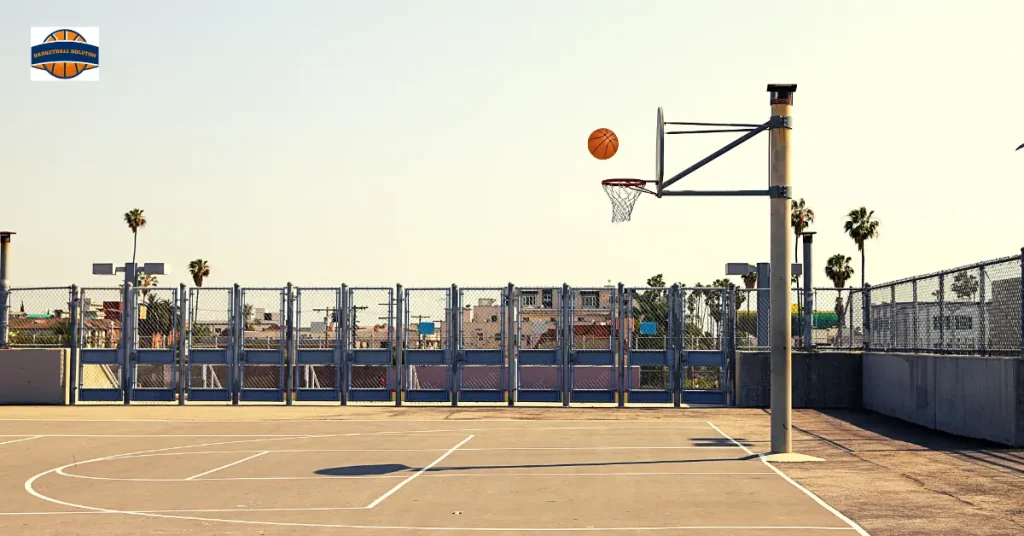
Read also: Basketball Awards Ideas For Youth
Extending the Lifespan of Basketballs
Deflation and air retention issues are common problems that can affect the lifespan and performance of basketballs. Proper care and maintenance are essential to ensure that basketballs remain in good condition for as long as possible. Here are some tips for extending the lifespan of basketballs:
Proper Maintenance Tips
Regularly inspect basketballs for signs of wear and tear, including deflation and loss of air retention. Inflate basketballs to the manufacturer’s recommended pressure before each use, and store them in a cool, dry place when not in use. Clean basketballs with a mild detergent and water to remove dirt and debris that can affect their grip and performance.
Suitable Playing Surfaces
Choose appropriate playing surfaces and environments for basketball games and practice sessions. Indoor courts with smooth surfaces are ideal for preserving the lifespan of basketballs, as they minimize abrasion and damage to the ball’s exterior. Avoid playing on rough outdoor courts or surfaces that can cause excessive wear and tear on basketballs.
Storage Recommendations
Proper storage is essential for maintaining the condition of basketballs when they are not in use. Store basketballs in a cool, dry place away from direct sunlight and extreme temperatures, as heat and humidity can degrade the materials over time. Keep basketballs properly inflated and avoid storing them in areas where they may be prone to punctures or damage.
By following these care and maintenance tips, choosing suitable playing surfaces and environments, and implementing proper storage practices, players can extend the lifespan of basketballs and ensure optimal performance during games and practice sessions.
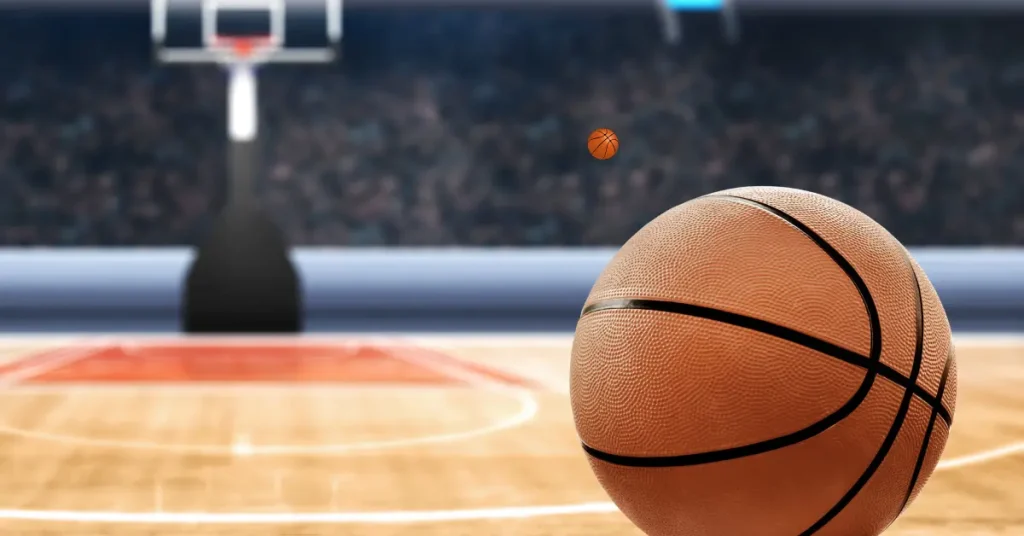
Basketball Life Based on the Playing Period
According to general law, things depreciate more quickly the more you use them. Here you will learn about the longevity of different types of basketball:
- Rubber Basketball Last: If you play basketball for one to two hours daily, your basketball will be disposed of within six months. If you use a basketball for three to four hours daily, it will be disposed of within four months.
- Composite Basketball Lasts: If you play composite basketball for one to two hours daily, it will last eight months. Playing with this basketball for three to four hours daily will last for seven months.
- Genuine Leather Basketball: If you play with a leather basketball for one to two hours daily, it will last almost fifteen months. If you play basketball for three to four hours daily, then it will last nine months.
The life span of different basketballs based on the playing period might be different because it is an estimated lifespan. Many other factors affect the surface of a basketball, like weather conditions, airflow, the basketball court surface, and how you take care of the basketball.
Read also: Shortest NBA Centers All Time In History
Which type of Material is Good for a Basketball Surface?
The type of material used for a basketball surface depends on where the game is played. For indoor basketball courts, hardwood surfaces are typically preferred. Hardwood surfaces provide a smooth and consistent playing surface that allows for excellent traction and ball control. Maple wood is commonly used for indoor basketball courts due to its durability and resilience.
On the other hand, for outdoor basketball courts, materials such as asphalt or concrete are often used. These surfaces are durable and can withstand outdoor elements such as weather and heavy usage. However, they may not offer the same level of traction or bounce as indoor hardwood surfaces.
Ultimately, the best material for a basketball surface depends on factors such as the location of the court, budget constraints, and the level of play.
FAQs
What kind of basketball is used in the NBA?
Spalding manufactures the Wilson NBA official game ball. Since 1983, it has served as the NBA’s official basketball. This ball is a size seven with a circumference of 29.5 inches.
Which basketball is best for beginners?
The rubber ball is better for beginners because beginners do not properly take care of the basketball. Rubber basketballs have no good grip but are famous for their durability.
How do you pick up a basketball?
The player considered several factors before choosing basketball, like the player’s age, height, experience, and court type (indoor/outdoor). These are crucial in selecting the right basketball for the game.”
How often should I replace my basketball?
Having a new ball for every game isn’t obligatory. Your basketball can serve across multiple matches. Typically, players use the same ball for three to four years. Varying leagues adhere to distinct timelines; for instance, the NBA employs one basketball over three to four games.
How do I make my basketball grippy again?
Grab a cloth and apply a small amount of dishwashing liquid to it. Dampen the cloth slightly with hot water. Begin by gently cleaning the surface of the basketball. Once the cleaning is complete, rinse the basketball with water. Finish by drying the ball with a dry cloth.
Conclusion
Basketball players face different challenges in indoor and outdoor basketball matches. Weather conditions remain changing in an outdoor basketball match, and air pressure influences the basketball’s speed and direction. In an indoor game, weather conditions do not bother the players. They need expensive gear, like imported shoes, sleeves, and protectors, to play the match.

Passionate basketball player striving for excellence on and off the court. Dedicated to the game since youth, I have honed skills through years of practice. Explore my journey, gear reviews, and dunking tips. Let’s elevate our game together!


